Soon, colder weather will be upon us. As a result, home energy efficiency will be important.
Due to the pandemic, people are spending more time at home, meaning that when the weather drops, any drafty windows or other inefficiencies that make heating your home difficult will be quickly felt, in both the thermostat and the heating bill.
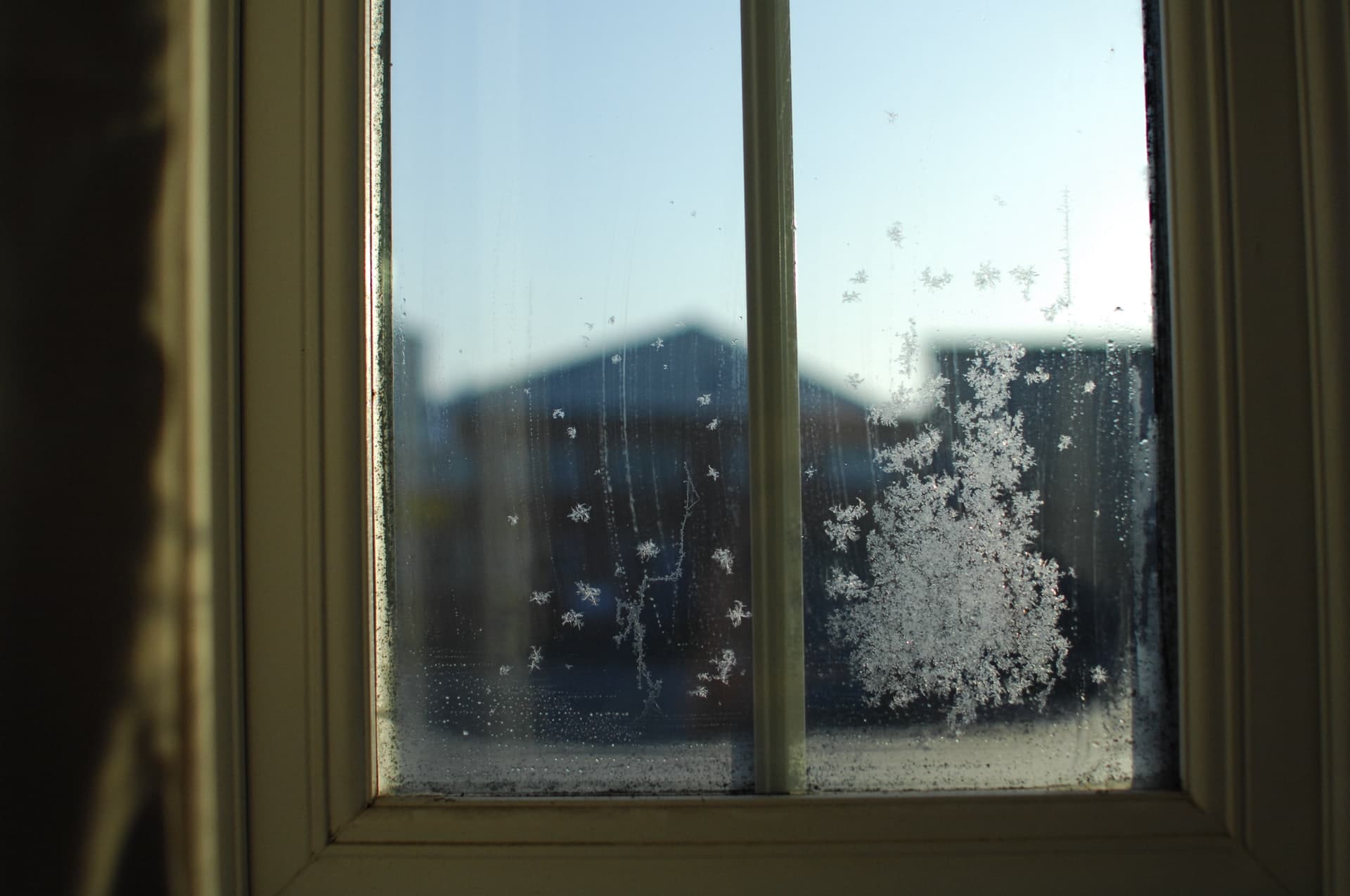
Fortunately, being proactive by finding and fixing these home inefficiencies early will save you money and keep you comfortable throughout the fall and winter.
After reading this blog, you’ll understand the main causes of discomfort caused by low temperatures (it’s not necessarily what you think!), the best ways to find inefficiencies in your home, and how to save money by fixing them.
How Much Does a Drafty Home Cost?
In the winter, heating costs can rise by as much as 140%, according to BC Hydro. Due to the potential of remote work throughout the winter, the more time spent at home means more time with the heat on and even higher costs.
So it’s critically important to not be spending more than you absolutely have to on heating your home. And the truth is that inefficient homes draw at least 10% more energy than their efficient counterparts, resulting in a higher energy bill.
This fall and winter may already come with a higher than usual heating bill, but it doesn’t have to be this way.
Efficient Homes Are More Comfortable
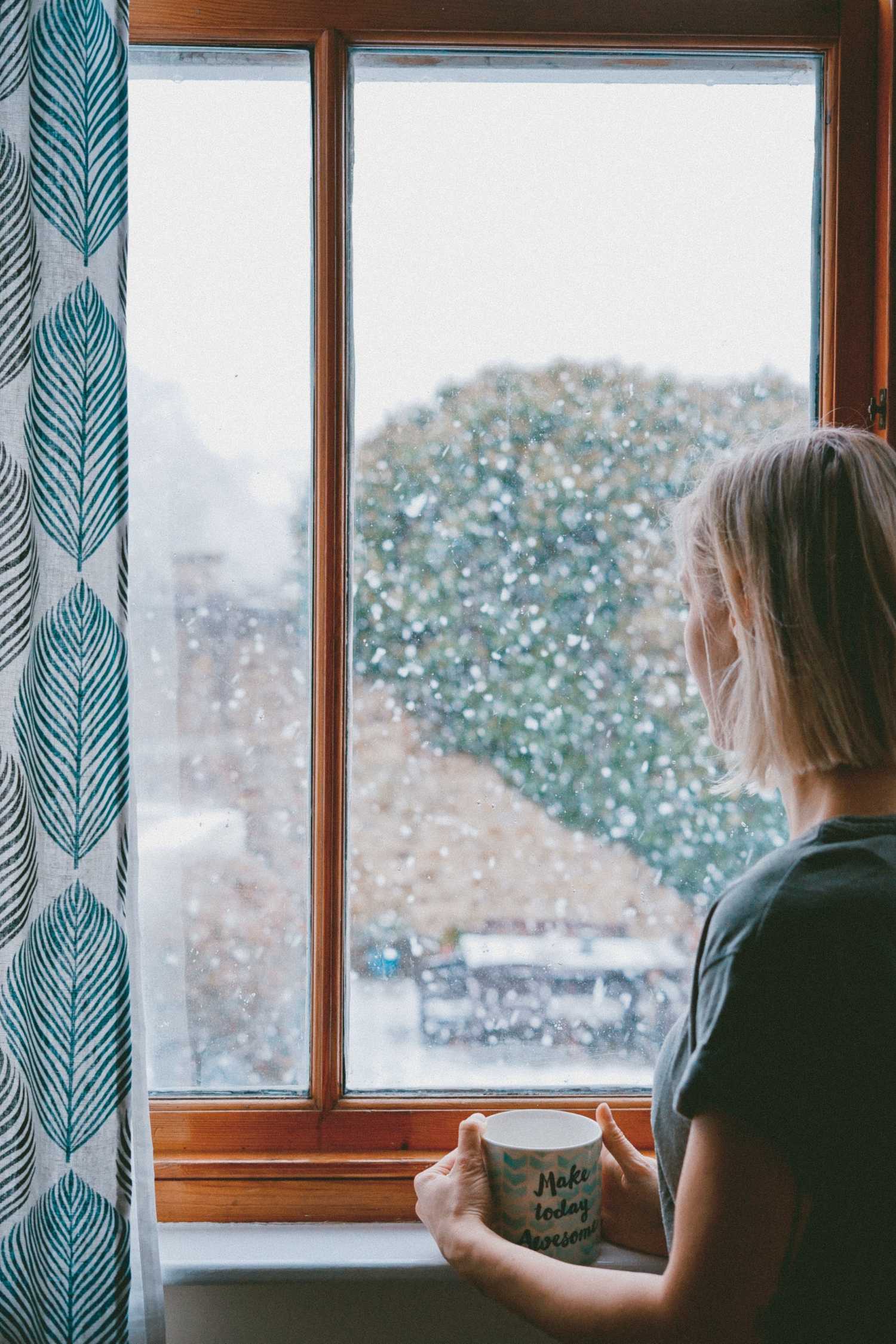
When it comes to why drafty rooms make us uncomfortable to be in, the intuitive answer is that the lower temperature is the culprit. In some cases that might be true. More often, however, the sensation of being hit by cold air is the cause of your discomfort. Regardless of the room temperature.
Putting that information into context, that means that even though the thermostat may read that the room is a comfortable 21 degrees, if you’re sitting next to a drafty window and being hit by cold air every few minutes, you’ll feel cold and uncomfortable.
Even with the best heating system in the world, it won’t prevent the sensation of being hit by a cold draft. That means finding and fixing the inefficiencies in your home is a much more effective solution.
How to Locate Home Inefficiencies
It’s not always obvious where heat is escaping your home. Windows and doors are clear offenders, but sometimes the less obvious areas can cause just as many problems.
These include:
- Baseboards
- Fireplaces
- Attic hatches
- Air conditioners
- Electrical outlets
- Phone lines
- Vents and fans
Unless a thorough inspection is performed on your home, examining all possible sources of drafts, cold air will continue to leak into your home and force you to use more energy on heating than you’d like.
Hire an electrician for a blower door test and thermographic imaging
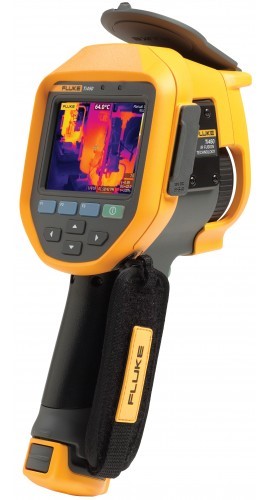
A thermographic inspection is a terrific way to get a complete picture of your home inefficiencies. It measures the temperatures of surfaces using infrared video and cameras.
Through the use of light, the images capture the temperature of any given surface. White for warm spots and black for cold areas. These images help figure out where the inefficiencies are and what the best course of action is going forward.
Thermographic imaging is typically used in conjunction with a blower door test running at the same time. The blower door test emphasizes where the air is leaking out from. These air leaks, when caused by the blower door test, appear as black streaks on the images.
Hiring a trained electrician to perform the thermographic imaging and blower door test is the best way to ensure you’re getting thorough and accurate results regarding the inefficiencies of your home.
Home Inefficiency Fixes
Add Attic Insulation
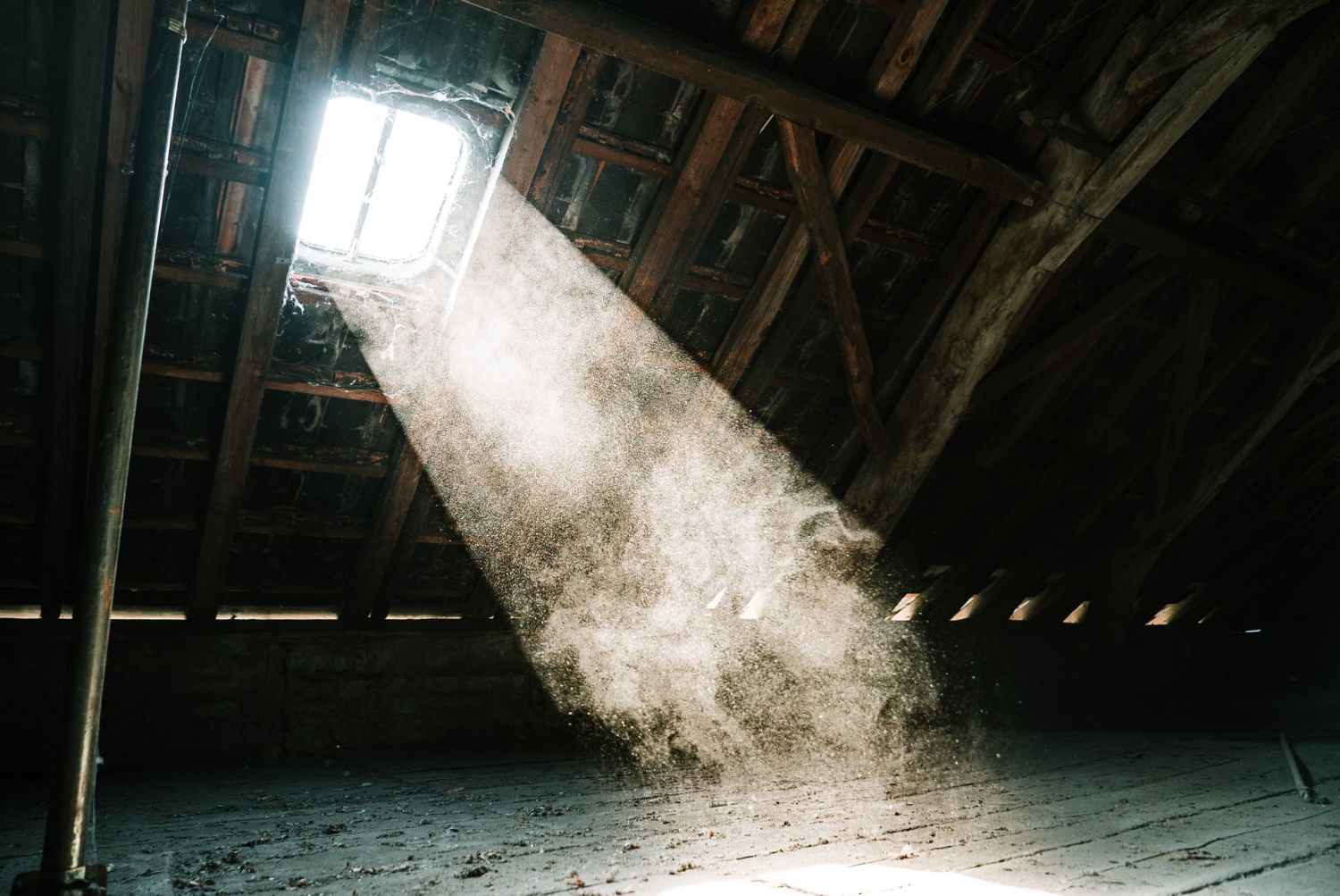
Most homes use too little insulation in the attic spaces, yet that is where it is most effectively used. Attic inclusion should be between 10 to 14 inches thick, which will prevent the warm air flowing from the room below into the attic.
Weather Strip Doors and Caulk Cracks
For drafty windows and small cracks, a bit of caulk goes a long way to keeping the warmth in and the cold out. Use a high-quality caulk, one that uses acrylic-latex or expanding foam, to effectively seal up those pesky gaps.
Insulate Hot Water Pipes
Insulating your hot water pipes helps keep the water hot inside the pipe. This reduces the amount of energy your boiler or heater uses simply to keep the water hot. It has a bonus effect of reducing the amount of time you have to spend standing around, waiting for taps or showers to finally heat up—something especially appreciated in the winter!
Install Electrical Outlet Gaskets
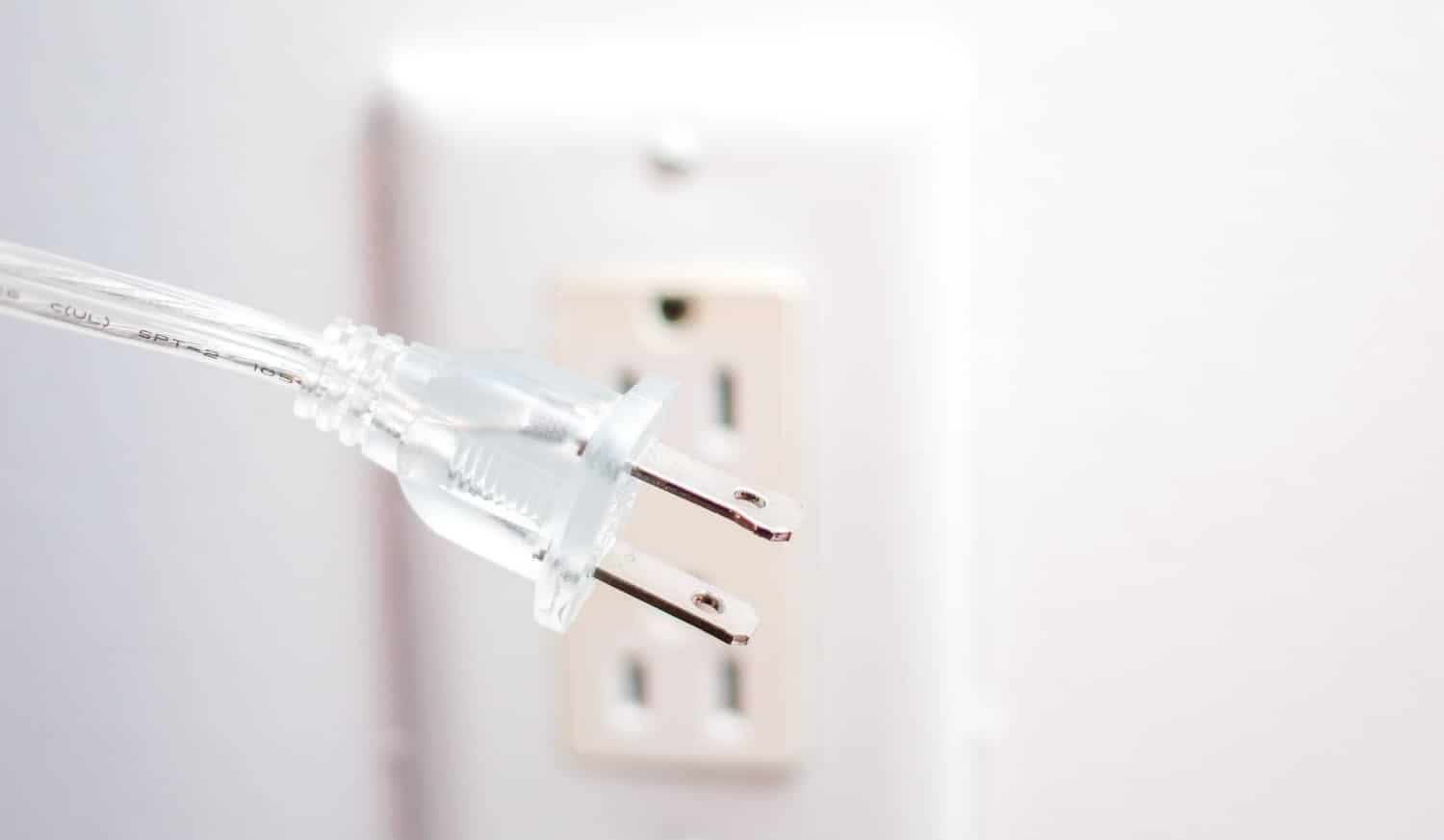
It’s shocking how much cold air can blow through something as small as an outlet. Think of how many outlets are scattered throughout your house. Then realize that each one of them is making that room a bit cooler. It adds up. Fortunately, installing an outlet gasket will solve the problem.
Hire an Electrician
There are many small ways you can make your home more efficient. However, a professional electrician has seen similar problems dozens of times before and may have more effective or long-lasting solutions.
Talk to an electrician and see what they would recommend. If you hire one to perform a thermographic test and blower door test, they may even be able to make some quick recommendations on the spot.
Final Thoughts
This winter, extra care and attention should be given to your home inefficiencies and keeping your home warm when the colder months arrive. Investing that time upfront now will save you money in the winter and keep you comfortable and warm.
If you have any questions, one of our certified electricians would be happy to help.
